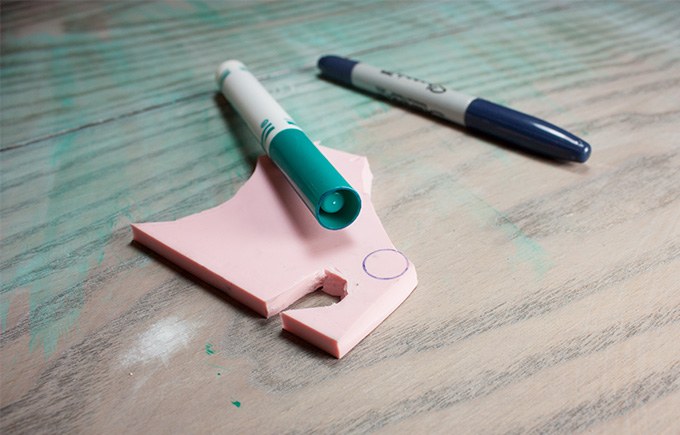
From 2014-2016 I chronicled my crafty endeavors on the site Adventures-in-Making. I’ve selected a few of those DIY’s, Recipes, and other posts to share on the site.
Yesterday I picked up an unlabeled box, fought to pull the lid off, and was greeted by an explosion of confetti.
You might think that’s a funny prank- except that it was me who had the bright idea of putting the confetti in that box in the first place. Dumb. My own prank would have been thwarted by a simple “Confetti” label on the box. Next time- maybe.
If you’re like me, this dreary weather makes staying under the covers all day pretty appealing. I’ve been in kind of a creative rut, and even a self imposed vacation didn’t fix everything. Well, time to try something new…
Order to fight the blues.
It’s time to clean, organize, dump, and declutter. Here are a few ways I’ve been getting things in order:
• Organizing, filing, and labeling my tools and materials. I am much happier when everything has a home. I am ecstatic if that home makes sense and is easy to access. I try to keep my most-used tools handy, and put less-used tools and materials in labeled boxes that will be easy to find when it’s time to use them.
• Trying out those “I bet I could…” projects and tools. I have a tendency to accumulate ideas and materials, but it’s hard to get to everything. If I have little projects that have been sitting in my head for a while, I try to take an afternoon to try them out for real- even if it doesn’t feel like the best use of my time. If the project is a dud (which happens) I’ll know it and be able to move on to other ideas.
• Dumping materials and tools I’m never going to get to, or don’t really want. I’m trying to be really honest with myself about what I really want to spend my limited time doing. If I have a hole punch I will never use, or paper that I abhor, I’m better off passing it onto someone who would like it. If it’s something I saved from the recycling bin (no judgement) then maybe it’s time for it to go back in there… and maybe that “confetti” was really just the holes punched from a binding project.
• Similar to the “I bet I could” projects, I’ve been working on the small quick projects I put off in favor or more in-depth creative pursuits. Framing and hanging posters at my house, designing signage and displays for the shop, etc.
Do you have any tricks you use to simplify your work and your workspace? We’d love to see!



























































































You must be logged in to post a comment.